PNY GeForce RTX 3060 12GB UPRISING Dual Fan Graphics Card
GeForce RTX 3060 Lets You Take On The Latest Games Using The Power Of Ampere—NVIDIA’s 2nd Generation RTX Architecture. Get Incredible Performance With Enhanced Ray Tracing Cores And Tensor Cores, New Streaming Multiprocessors, And High-Speed G6 Memory.
GeForce RTX 3060 All-New NVIDIA Ampere Architecture Features New 2nd Generation Ray Tracing Cores And 3rd Generation Tensor Cores With Greater Throughput. The NVIDIA Ampere Streaming Multiprocessors Are The Building Blocks For The World’s Fastest, Most Efficient GPU For Gamers And Creators. GeForce RTX™ 30 Series GPUs Are Powered By NVIDIA’s 2nd Gen RTX Architecture, Delivering The Ultimate Performance, Ray-Traced Graphics, And AI Acceleration For Gamers And Creators.
GeForce RTX 30 Series GPUs Are Powered By NVIDIA’s 2nd Gen RTX Architecture, Delivering The Ultimate Performance, Ray-Traced Graphics, And AI Acceleration For Gamers And Creators
NVIDIA Ampere Streaming Multiprocessors
GeForce RTX 3060 Building Blocks For The World’s Fastest, Most Efficient GPU, The All-New Ampere SM Brings 2X The FP32 Throughput And Improved Power Efficiency.
2nd Generation RT Cores
Experience 2X The Throughput Of 1st Gen RT Cores, Plus Concurrent RT And Shading For A Whole New Level Of Ray Tracing Performance.
3rd Generation Tensor Cores
Get Up To 2X The Throughput With Structural Sparsity And Advanced AI Algorithms Such As DLSS. Now With Support For Up To 8K Resolution, These Cores Deliver A Massive Boost In Game Performance And All-New AI Capabilities.
PNY GeForce RTX 3060 12GB UPRISING Dual Fan Review
GeForce RTX 3060 lets you take on the latest games using the power of Ampere—NVIDIA’s 2nd generation RTX architecture. Get incredible performance with enhanced Ray Tracing Cores and Tensor Cores, new streaming multiprocessors, and high-speed G6 memory.
The all-new NVIDIA Ampere architecture features new 2nd generation Ray Tracing Cores and 3rd generation Tensor Cores with greater throughput. The NVIDIA Ampere streaming multiprocessors are the building blocks for the world’s fastest, most efficient GPU for gamers and creators. GeForce RTX™ 30 Series GPUs are powered by NVIDIA’s 2nd gen RTX architecture, delivering the ultimate performance, ray-traced graphics, and AI acceleration for gamers and creators.
GeForce RTX 3060 Series GPUs are powered by NVIDIA’s 2nd gen RTX architecture, delivering the ultimate performance, ray-traced graphics, and AI acceleration for gamers and creators.
None of that makes this a bad GPU, but we expect the RTX 3060 to be just as difficult to acquire as any other modern GPU. Eventually, the current Ethereum mining boom will fade away, but it could take a year or more before we see the end of chip shortages. That shouldn’t surprise anyone at this point, but if you’ve been hoping for a reasonably priced gaming PC upgrade, it’s a depressing state of affairs.
Unlike the previous Ampere GPUs, Nvidia won’t offer an RTX 3060 Founders Edition, so we’re looking at a third-party card. Nvidia shipped us the EVGA GeForce RTX 3060 XC for this launch review, a reasonably compact and relatively unassuming card. There’s no metal (or even plastic) backplate, no RGB lighting, and two custom-sized 87mm fans for cooling with a 2.0-slot form factor. The card measures 202x110x38mm and weighs 653g, which is quite the change of pace compared to the other third-party Ampere cards we’ve reviewed so far.
There are reasons for that, of course. Creating a mainstream card and decking it out with all the bells and whistles costs money. And we think most gamers shopping for a good value are far better served by modest designs with good performance. There will certainly be extreme variants of the RTX 3060, and some of them will be priced higher than the budget RTX 3060 Ti options. Let’s be clear: Even the fastest RTX 3060 won’t beat a 3060 Ti in most situations — yes, even with 12GB VRAM. That’s because memory capacity isn’t a huge factor once you go above 8GB, and having more memory bandwidth, thanks to its wider memory bus, gives the 3060 Ti a big advantage. Also, the 3060 Ti has 35% more GPU cores.
Here’s how things break down, comparing the RTX 3060 with its closest Ampere sibling and Turing predecessors. The RTX 2060 and 2060 Super show how much things have changed for the -60 suffix cards between Turing and Ampere. Ampere gives you a lot more shader cores, which means potentially much higher computational performance, and a minor improvement in memory bandwidth for the 12GB card. It also doubles VRAM capacity (at least until the anticipated RTX 3060 6GB shows up, though perhaps maybe Nvidia will just leave that for the RTX 3050 line) and boasts improvements in the RT and Tensor cores, as well as the memory subsystem, all leading to better performance. Power use remains similar, with a 170W TGP (Total Graphics Power), a decent step down from the RTX 3060 Ti’s 220W TGP.
One interesting tidbit is that this is the first time Nvidia has used 15Gbps GDDR6 memory. The RTX 20-series cards all used 14Gbps memory, except for the RTX 2080 Super that came equipped with 15.5Gbps VRAM. That narrows the bandwidth gap between the 3060 and 3060 Ti a bit, though the extra 64-bits of interface width still gives the GA104 cards a clear advantage. And GA106 doesn’t have an advantage is in ROPs, Render Outputs, as it only has 48 — the same as the RTX 2060.
However, the differences between Turing and Ampere GPUs don’t always show up in specs tables like the above. Theoretically, the RTX 3060 has up to 95% more FP32 performance and 97% more FP16 Tensor core performance than the RTX 2060. In practice, the actual performance difference is much less, as half of the FP32 pipelines share processing resources with INT32 pipelines. The 3060 shouldn’t ever be slower for gaming purposes, but most of the time, it will only be around 20-25 percent faster.
Specification
| Video Memory Specifications | ||
| Type | GDDR6 | |
| Size | 12GB | |
| Resolution | 7680 × 4320 @60Hz (Digital) | |
| BUS Type | PCI-Express 4.0 ×16 | |
| Memory Interface | 192-bit | |
| Stream Processors | NVIDIA Ampere Streaming Multiprocessors | |
| CUDA Cores | 3584 | |
| Interface | ||
| Display Port | DisplayPort 1.4a (x3) | |
| HDMI | HDMI 2.1 | |
| HDCP | HDCP Support Yes (2.3) | |
| Power Specifications | ||
| Connectors | 1 x 8-pin | |
| Recommended PSU | 550 W | |
| Display Option | ||
| Multi Display | 4 | |
| Application Programming Interfaces | ||
| DirectX | Microsoft DirectX 12 Ultimate | |
| OpenGL | OpenGL 4.6 | |
| Physical Specifications | ||
| Dimensions | 10.19″ x 5.00″ x 1.65″ | |
| Others | 2 Slot Memory Speed: 15 Gbps |
|
| Warranty | ||
| Manufacturing Warranty | 03-Years Warranty | |
Be the first to review “PNY GeForce RTX 3060 12GB UPRISING Dual Fan Graphics Card” Cancel reply
Related products
Components
Components
Components
Components




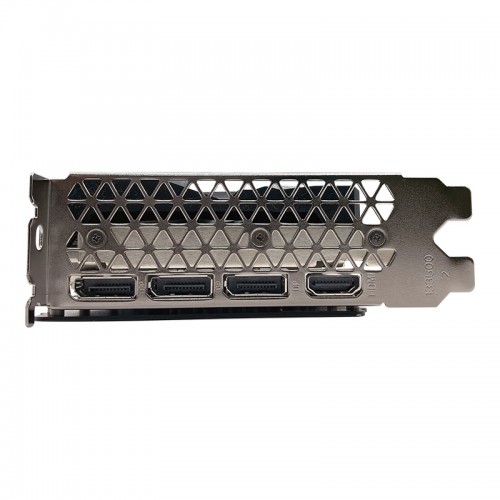
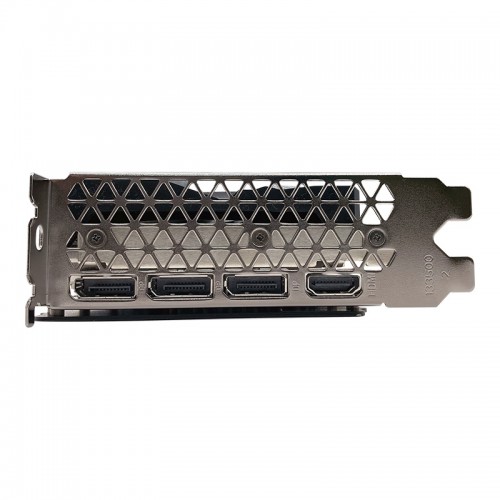
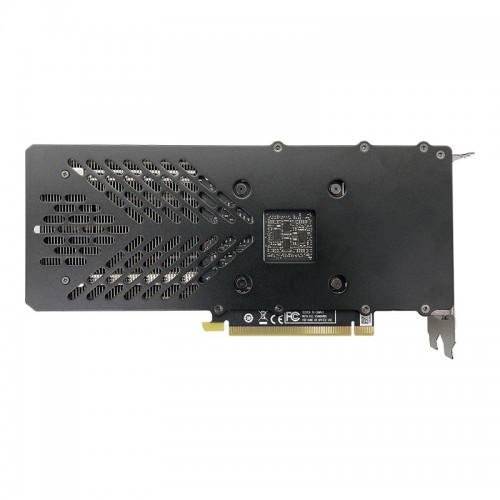

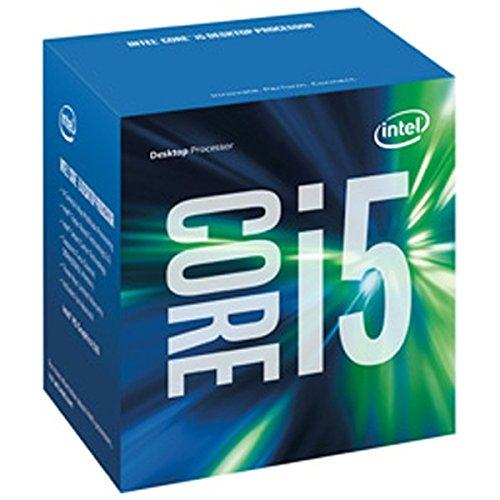

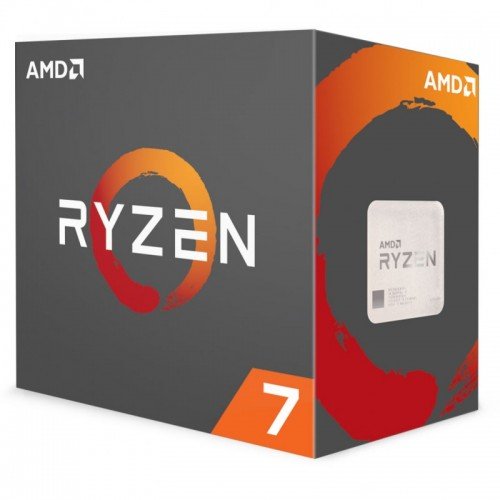
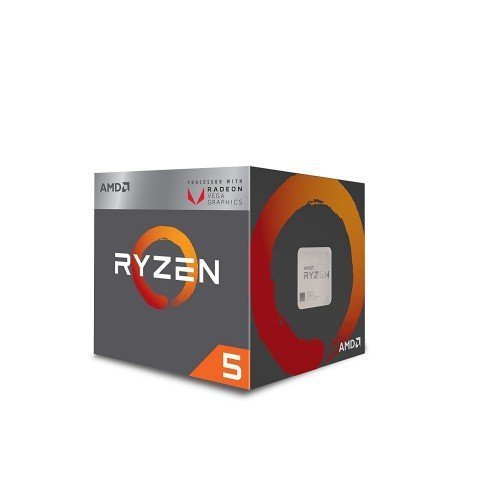
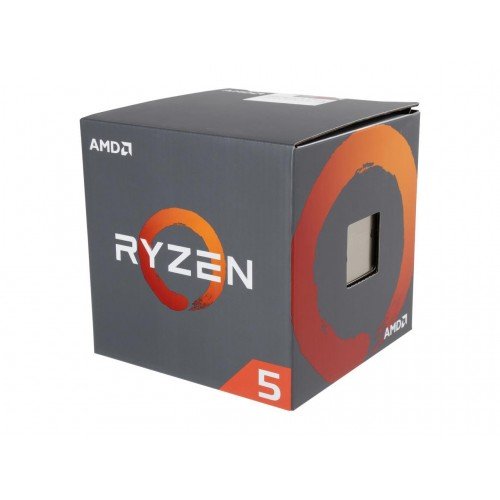
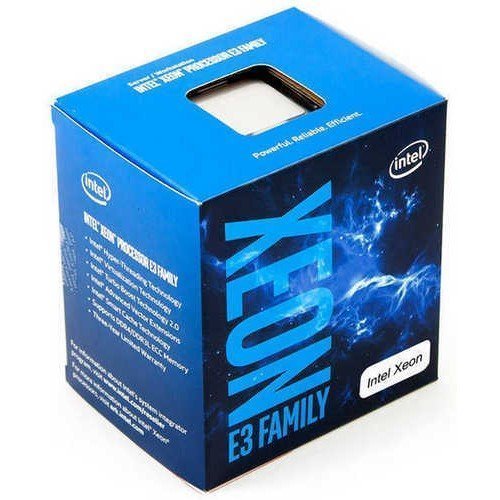
Reviews
There are no reviews yet.